What Does Tamarind Taste Like?
When you buy through our links, The Breslin may earn an affiliate commission. Learn more
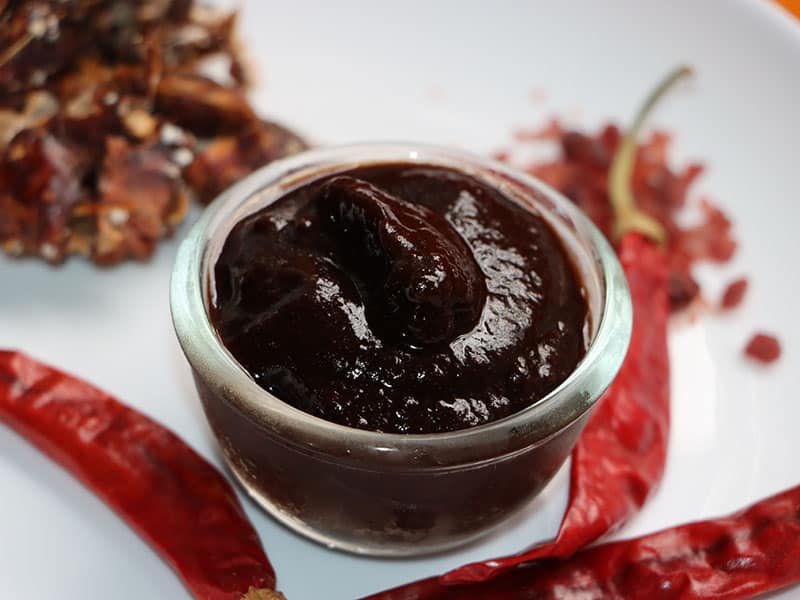
What does tamarind taste like? Is tamarind an easy way to make sweet and sour soup, chutney, curry, and juice?
If you are looking for an answer to at least one of the above questions, you’ve come to the right place.
Moreover, if you think tamarind is only for chutney and dip, you might miss out on a lot of amazing things which can be made with this versatile tropical fruit.
In this blog post, I will elaborate on what tamarind tastes like and everything I find interesting related to it.
Tamarind 101 – Everything You Need To Know!
Tamarind surely infuses a tasty and unique aroma to the recipe you intend to cook. But before all that, I’d like to brief you on some general information about tamarind.
What Is Tamarind?
Although tamarind trees are native to Africa and Asia, you can find them going wild in India, Pakistan, and other warm climates. This tropical tree belongs to the family Fabaceae with the scientific name Tamarindus indica.
The fruit is dark brown and looks like a pea-like pod with sticky, grainy, date-like pulp, especially when it’s mature. The taste of tamarind is determined by the time you harvest them from the tree.
Tamarind can be widely used nowadays for different purposes: (1)
- Tamarind is used as a cooking ingredient: I will explore it later in the next section below.
- Tamarind is needed for medical use: Its medicinal properties are found to be helpful in some digestive disorders, such as constipation and diarrhea. Besides, it could be an effective treatment for fever and malaria.
- Tamarind can be helpful for the sake of your house: Use tamarind pulp to polish your metal household items.
Tamarind Role In The Culinary World
What are you going to do with a lot of tamarind in the pantry? It’s considered a “jack of all trades” of fruit because it’s versatile and can be the main ingredient or a part of various recipes.
Either way, it indeed creates a palatable aroma that entertains your taste buds and makes you satisfied.
Below are some of my suggestions which covers many ways you can use to bring out the best from tamarind:
- Candies and sweets: Tamarind is a common ingredient in many Mexican candies.
- Drinks: Try making some juices, cocktails, and mocktails with tamarind, and you’ll get surprising results.
- Paste: No need to say, tamarind paste is so prevalent in various cuisines all over the world.
- Soups and stews: Tamarind works amazingly in various meat stews, and soups and adds a uniquely sour flavor to them.
- Sauce: You can use tamarind paste to give flavor to homemade barbecue sauce, marinade, or chutney.
- Salad dressing: The balance of sour and sweet flavors of tamarind can bring your salads to the next level.
Give your family a treat tonight with delicious tamarind soba salad. Let’s have a look at the following video!
Different Forms of Tamarind
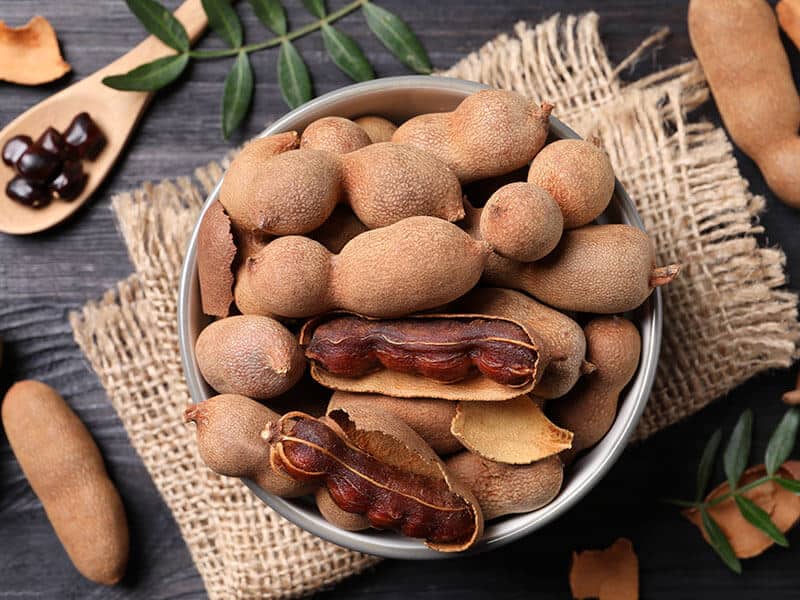
Thanks to its unique flavor and health benefits, tamarind is becoming more and more popular, so that you can easily find them in the grocery store, especially in Asian and Indian markets.
It’s possible for you to encounter various forms of tamarind, such as raw whole pod, fruit pulp and more. (2)
Whole dried pod: You can have it right away after removing the pod, continue to pull off the string and enjoy the edible pulp. It’s sweet and tasty like candy.
Compressed fruit pulp: It’s often sold in a block of pulp and seeds altogether, generally without additives. It would help if you strain the mixture through a sieve to get the tamarind before use in sauce, soup and stir-fry dishes.
Tamarind paste: It goes straight from the pulp and usually comes in a glass jar. It has a smooth texture and natural taste.
Tamarind concentrate: It’s a ready-to-use ingredient that has been cooked down to remove water, so it might appear thicker than tamarind paste. Dilute it with water before adding it to your food.
Sweetened tamarind syrup: It’s another ready-to-use form of tamarind, perfect for making iced drinks or spreads.
What Does Tamarind Taste Like?
If you have never heard about tamarind before, tamarind definitely doesn’t taste like peanuts despite it looks like one.
It’s dominantly used in Southeast Asian and Middle Eastern cuisine, thanks to its distinctive flavor.
Many chefs fall in love with tamarind and consider it a secret ingredient to elevate the flavor of their dishes.
Some people say tamarind reminds them of lime juice, but I think they have a certain degree of difference, especially the sour taste. To be more specific, it’s a combination of sweet, tart, and sour flavors.
When it is green, it is more sour than sweet, but it usually has a sweet taste when it is ripe.
It’s not always exact when it comes to tamarind juice, but it’s helpful that the taste of tamarind juice is like lemon juice with a hint of caramel.
Although tamarind might not be widespread in America, its palatable flavor is still worth exploring.
How Does Tamarind Paste Taste?
Tamarind paste is a staple in the pantry if you learn how to use it. It might be the most popularly used form of tamarind because it retains the natural flavor of tamarind, also convenient to cook, and easy to store.
You can use it straight from the jar or plastic container. Tamarind paste has a sticky and velvet texture with sweet-sour taste which performs well in various recipes, especially in Thai, Indian, and Caribbean cuisine.
This homemade tamarind paste is way tastier than the store-bought version, You should see the video below:
What Is The Flavor of Tamarind Sauce?
There are many kinds of tamarind sauces that have been created all over the world. Keep in mind that tamarind sauce is not tamarind paste. Tamarind paste is just one of the main ingredients of tamarind sauce.
To make tamarind sauce, you sometimes need to thin down tamarind paste with water and add various spices such as ginger, garlic, pepper to enhance the flavor.
Depending on what it’s going to serve with, tamarind sauce can be prepared accordingly. Hence, it could have different flavors and textures.
In my opinion, most tamarind sauce features a sweet and sour aroma with a spicy touch.
Does Tamarind Soda Taste Good?
Tamarind soda is made from tamarind, carbonated water, sugar, ginger, lemon, herbs, jams, and sometimes other fruits of your choice.
It’s unlike any soda you’ve ever had like Fanta, Pepsi or Coke. In addition to the delicious and natural taste from the tamarind pulp, it is also very healthy and contains no artificial sweeteners.
Above, I am talking about Jarritos brand – the most popular store-bought tamarind soda in Mexico.
You can buy bottled tamarind soda or make it at home using bottled soda as a base. Although homemade versions might have a thicker texture than store-bought ones, both are enjoyable.
This satisfying beverage tastes sweet and tart, which is often best if served cool. If you don’t mind tart flavor when drinking, this tamarind soda is for you.
How To Eat Tamarind?
I include a step-by-step guide in case you don’t know how to eat tamarind. Jump in and thank me later.
Step 1: Crack the pod open by pressing hard to the shell. To make it easier, bend the pod a little bit.
Step 2: Pull away the thread which sticks to the flesh of the tamarind.
Step 3: Enjoy the dark drown pulp and remember to remove seeds.
Step 4: Make tamarind paste to store in the fridge if you want.
Find out how to eat tamarind properly. The video below should be able to help you:
What Are The Health Benefits Of Tamarind?
Can’t believe it when discovering tons of health benefits of this tropical fruit. Let’s learn about them now.
Improve Eye Health
Tamarind contains a lot of vitamin A, which is necessary for vision and reduces the risk of retinal degeneration. Tamarind also contains mucin, which is the mucus that protects and nourishes the cornea.
Improve Heart Health
Tamarind contains polyphenols like flavonoids, some of which can help regulate cholesterol levels and lower LDL cholesterol. The antioxidants in this fruit may help reduce oxidative damage to LDL cholesterol, which is a significant cause of heart disease.
Maintain Strong Bones
With magnesium content up to 23%, tamarind increases bone density, thereby making bones stronger than those who do not get enough of this substance.
Prevent Anemia
Because tamarind pulp contains a high amount of iron, hence consuming it can provide you with iron which helps you prevent common types of anemia.
Helps Prevent Constipation
Tamarind is very rich in fiber. The fiber in tamarind has the effect of regulating bowel movements and is considered as a natural laxative, both effective and without side effects that can deal with constipation.
Boost Your Energy
Tamarind contains riboflavin which is helpful in releasing energy from carbohydrates. So, if you feel tired, have yourself a cup of tamarind juice; your body is soon loaded with energy to help you get rid of fatigue.
Aid Weight Loss
Tamarind contains hydro citric acid, which can inhibit an enzyme that plays a role in fat storage in the body, thereby helping to lose weight. It also helps suppress appetite because it increases the neurotransmitter serotonin.
Tips to Keep Tamarind Fresh For A Longer Time
If you want to keep tamarind handy in the kitchen, here are some tips to maintain its freshness. Keep scrolling to find out.
For whole pods, they can be placed in the kitchen cabinet and stay for quite a long time. A good rule of thumb is that you should keep them away from humidity and direct sunlight.
For some reason, if you have cracked them open, transport them into airtight containers and store them in the freezer for as long as three months.
When it comes to store-bought tamarind paste, sealed jars can stay well at room temperature and have a nearly unlimited shelf life. Once you open them, keep them in the freezer for longer lasting.
Homemade tamarind paste might last up to 6 months in the refrigerator.
Awesome Tamarind Recipes To Try As Soon As Possible
If you’re interested in popular tamarind recipes, you can start with some yummy recipes I’ve listed below.
Tamarind Balls
This family-friendly snack tastes like candy and is super easy to make at home with a few basic ingredients, including tamarind paste, sugar, salt, and Thai-style hot sauce. They are sweet, slightly tart and oh-so-good.
Let me tell you beforehand, tamarind balls are quite addicting, I myself can eat a lot at one sitting. Luckily, they seem to be healthier than store-bought sweets and contain no additives.
Tamarind Juice
Having a glass of iced tamarind juice in summer is always a good idea. It’s a combination of sweet, sour and tangy flavors which definitely quench your thirst with just one sip. As I mentioned earlier, many people perceive it as a lemonade with a caramel note.
This tropical juice can be prepared quickly in no time by dissolving tamarind pulp in water and adding sugar to your taste.
Tamarind juice is known as a gut-friendly drink so consuming it regularly can help you stay away from indigestion, constipation, or bloating.
Worcestershire Sauce
Worcestershire sauce is the perfect blend of sour, spicy, and mildly sweet. It has a umami flavor like soy sauce.
This British sauce is dark brown in color and is used in a number of recipes. It often consists of tamarind paste and is suitable for marinades, sauce, stews, soups, pies and casseroles.
Brushing Worcestershire sauce on meat, chicken or fish when grilling could make them look more attractive and aromatic. Lastly, it should be stored in the refrigerator to maintain the flavor quality.
Pad Thai
Pad Thai is an iconic Thai food which is described as stir-fried noodles soaked in sweet, sour, and spicy sauce.
It might take you less than 30 minutes to Prepare a bowl of delicious goodness including veggies of your choice (bean sprouts, carrots, onions), protein of your choice (shrimp, pork, chicken, tofu, steak, eggs), rice noodles, peanuts and sauce.
Tamarind is an essential part of Pad Thai sauce which contributes to its unique flavors.
Making pad Thai sauce ahead of time so you can cook this delicious dish whenever you want you should see the video below:
FAQs
Don’t hesitate to throw some questions related to tamarind and get answers so that you have more confidence in cooking with them. Let’s start asking
Tamarind Is An Incredible Staple Food
Whenever I have a chance to cook for a new group of friends and guests, I try to incorporate at least one tamarind dish. This way, I can introduce them to this wonderful, tropical fruit and encourage them to get to know more about new ingredients.
The simplest way to show off tamarind flavor is to make tamarind sauce, tamarind balls and iced tamarind juice. From my point of view, these three recipes can’t ever go wrong and always receive plenty of praise.
Tamarind is a staple food that you can love and definitely will love you back.
What’s your favorite tamarind dish? Let me know if you have one or many. I’d love to discuss with you about these tasty ingredients so leave a comment, and I try to reach you as soon as possible
Reference
- Healthline.. What Is Tamarind? A Tropical Fruit with Health Benefits.
- FineCooking.. Exploring the Vivid Flavor of Tamarind – Article – FineCooking.

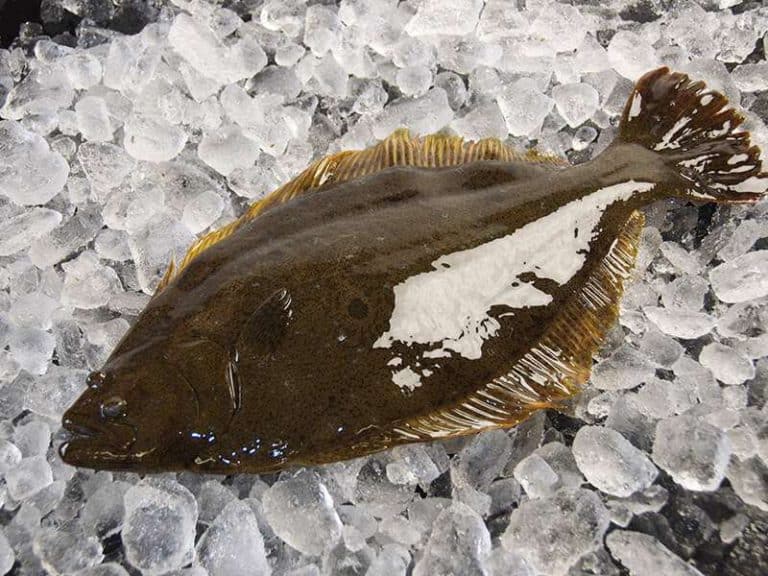
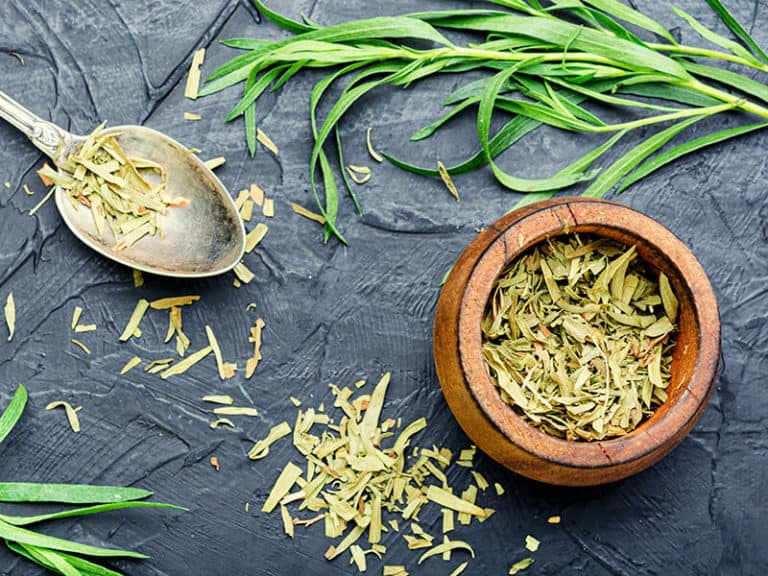

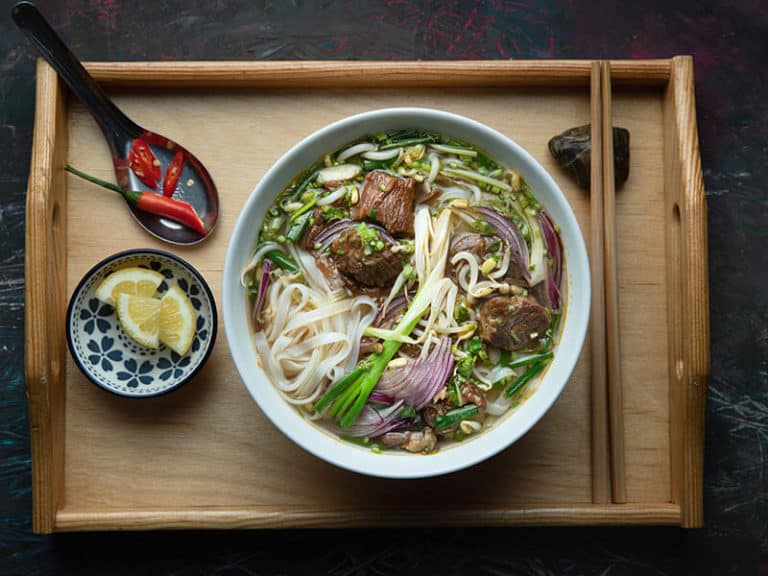
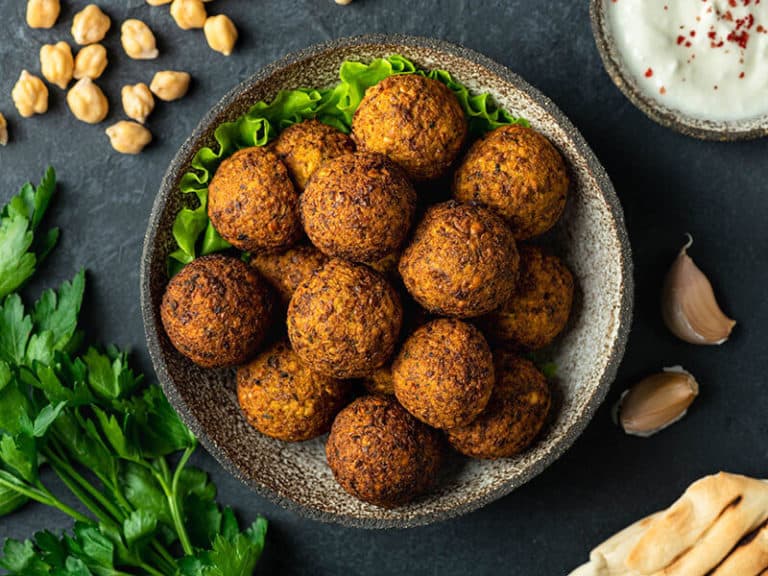
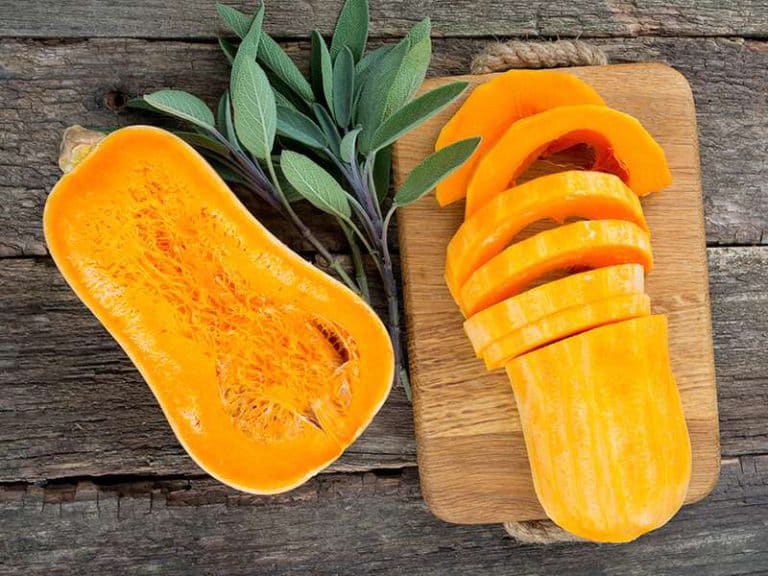
Amanda Collins
Founder and Senior Culinary Editor
Expertise
Culinary Arts and Management, Food Journalism and Critique, Recipe Development and Testing, Global Culinary Traditions, Sustainable Food Practices
Education
Institute of Culinary Education (ICE), New York, NY
Program: Diploma in Culinary Arts
Focus: Intensive hands-on training in culinary techniques, recipe development, and kitchen management, preparing students for professional roles in the culinary industry.
Monroe College, New Rochelle, NY
Program: Associate in Applied Science in Culinary Arts
Focus: Practical culinary skills, including cooking techniques, menu planning, and kitchen operations, with an emphasis on hands-on experience and industry standards.
Amanda Collins is a seasoned chef and food editor with a deep love for global flavors. Trained at the Institute of Culinary Education and Monroe College, and with over 15 years in the culinary field, Amanda has refined her skills in kitchens worldwide. Her background in food studies gives her a unique ability to share both recipes and the cultural stories that shape them.
As senior culinary editor at thebreslin.com, Amanda’s work brings authentic dishes to life, inviting readers to explore new flavors and techniques from around the globe. Her approachable style makes it easy for anyone to bring a bit of the world’s cuisine into their kitchen.